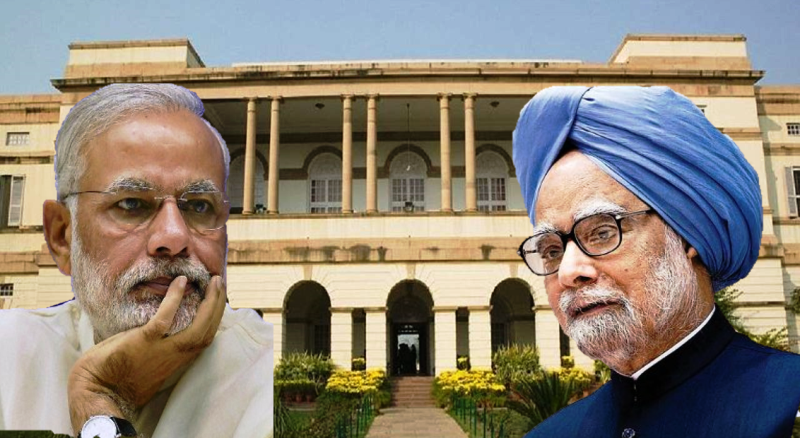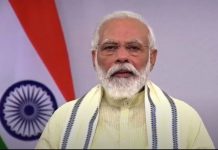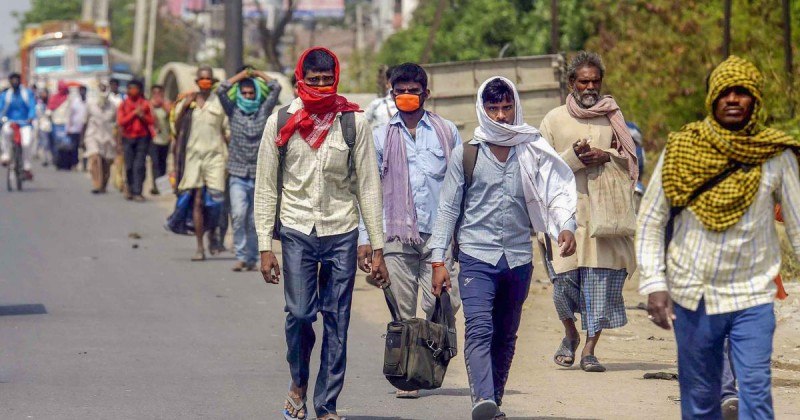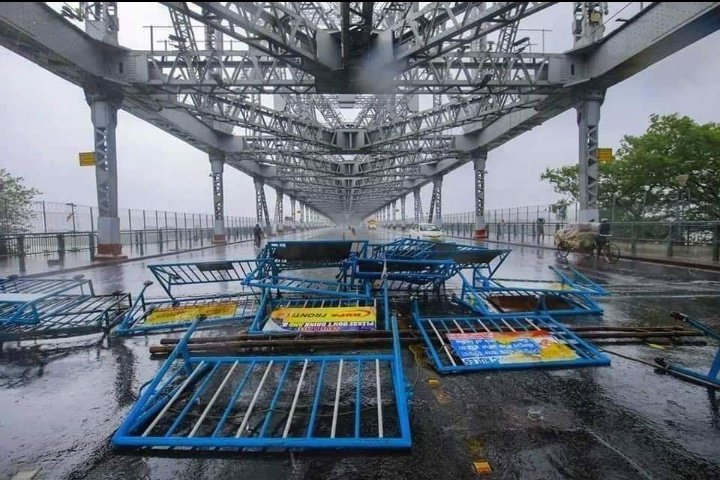Advertisement
POLITICS
As the Government plans to set up a museum for all Prime Ministers within the Teen Murti Complex, one fears yet another attempt to degrade the legacy of Jawaharlal Nehru by the ruling regime. In this context, Mr. Manmohan Singh’s anguish , it seems,is justified.
The New Leam Staff
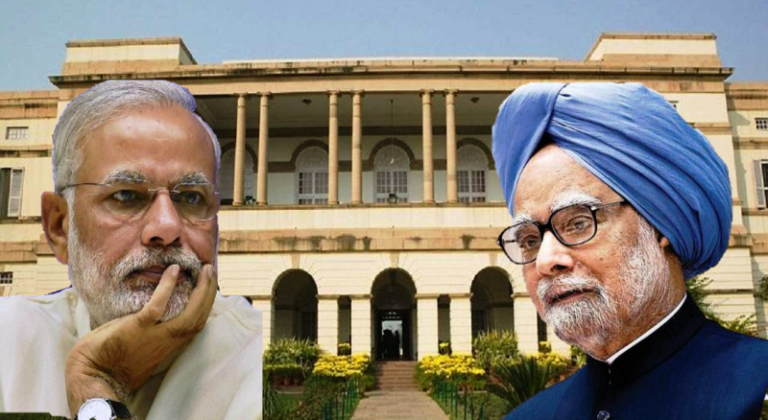
In a letter to Prime Minister Mr. Narendra Modi, Mr. Manmohan Singh has expressed his anguish and concerns over the ‘agenda’ to change the nature and character of the Nehru Memorial Museum and Library and the Teen Murti Complex. As the Government plans to set up a museum for all Prime Ministers within the Teen Murti Complex, one feels somewhat uneasy.
Is it yet another effort to degrade Jawaharlal Nehru, his historic significance and his contributions to the making of the modern Indian nation? As the ruling regime seems determined (look at the flourishing propaganda machinery, verbal violence by all sorts of ‘spokespersons’, and organized social media campaign against Nehru) to obliterate the grand historic memories of the freedom struggle and its stalwarts like Nehru, Mr. Manmohan Singh’s anxiety is justified. Nehru, the ruling regime must understand, was not just another Prime Minister; nor was he merely a ‘Congress’ leader.
His intense engagement with Mahatma Gandhi, his extraordinary scholarship, his pan-Indian secular appeal, and above all, his ability to hold a fractured nation together at a time when the Cod War politics was disrupting the sovereignty of many newly liberated countries made him an icon.
Well, this is not to establish that Nehru was God, or other Prime Ministers were necessarily insignificant. Historians, economists and political sociologists have written on Nehru–his achievements and failures, his possibilities and contradictions, or the ambiguities implicit in his brand of ‘mixed economy’ or Fabian socialism. And it is also true that in post-Nehruvian era some other Prime Ministers played an important role. With fond memories people recall Mr. Lalbahadur Shastri. And the phenomenon called Indira Gandhi continues to evoke mixed emotions – her ‘anti-Americanism’, her ‘socialist’ endeavors, her courage, and her role in the Bangladesh Liberation movement; and at the same time, her authoritarian personality and the terror of Emergency. And possibly the likes of Deve Goda and Atal Behari Vajpayee indicate the possibility of looking at politics beyond the Congress hegemony. Yet, to equate Nehru with Charan Singh and Chandrasekhar is to equate the Himalayas with a rock in the local park.
You need not set up a museum for all of them in the Teen Murti Complex. The Government can always find a separate space for this. An attempt of this kind is not innocent. First, it refuses to acknowledge the specificity of the context. As you move around the Teen Murti Complex, visit the library, and walk through Nehru’s study room, see the pictures of Buddha, Tagore, Gandhi and Einstein, you enter a different world. The dreams of the new age, the fascination with ideas, and the remarkable moments in our collective history give you sanity, a sense of gratitude. When you build up another museum in the same complex, you destroy the sanctity of a historic context. Second, everything has its own space. For instance, we would not appreciate if at Sarnath you construct a statue of Shivaji; or for that matter, it would look absurd if you set up Indira Gandhi Memorial Library in Narendra Modi’s ancestral village.
No wonder, Mr. Manmohan Singh has reasons to be worried. It is a different story whether Prime Minister Modi would give any importance to a former Prime Minister’s letter. Power causes arrogance; power encourages the tyranny of a monologue; and power breeds ‘conspiracy theory’-say, the elitism of the ‘Nehru dynasty’ and its ‘left/liberal’ intelligentsia conspiring against a ‘humble’ tea vendor who become the Prime Minister of the country to ‘salvage’ India!

